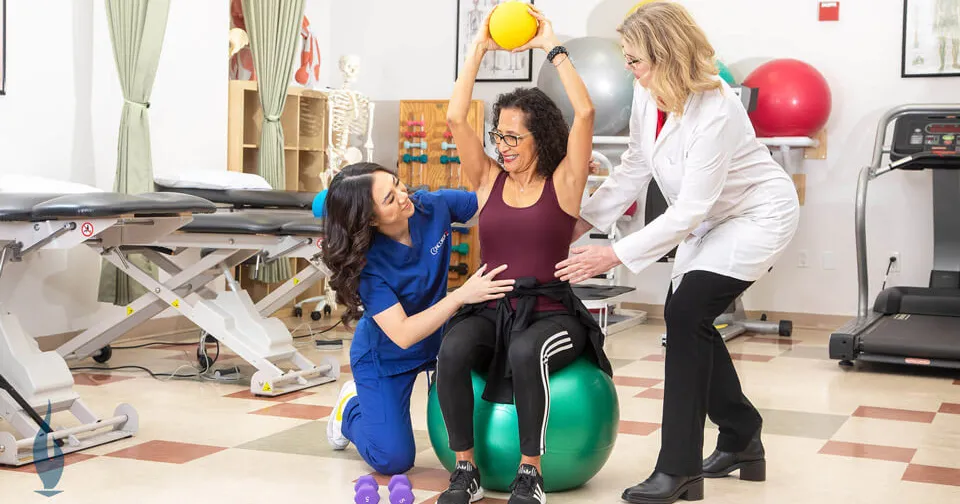Mastering the Essential Tenets of Workplace Ergonomics for a More Supportive and Efficient Work Setting
Creating a work environment that promotes health and productivity is vital in modern rapid landscape. Ergonomics, the study of how workers engage with their work environment, plays a pivotal role in attaining this objective. By applying key ergonomic principles, professionals can improve their comfort, reduce the risk of injury, and enhance overall productivity in their daily activities. Understanding and utilizing these principles can lead to meaningful benefits for both staff and organizations alike.
One of the first measures in understanding ergonomics is to examine the office configuration. This involves the arrangement of desks, office chairs, devices, and other tools. A chair should deliver sufficient lumbar support, helping the lower back to retain its healthy curve. The height of the table should be adjustable so that when seated, elbows sit easily at a 90-degree angle while working. Additionally, monitors should be positioned at sightline to minimize cervical stress. Effectively organizing these components creates a framework for a productive workspace.

Another important factor is the importance of mobility throughout the day. Sitting in one posture for too long can result in discomfort and physical problems. Therefore, it is advisable to incorporate frequent breaks into the daily schedule. Simple steps such as standing up, extending muscles, or walking around can ease muscle fatigue and boost circulation. Motivating employees to stay active not only enhances their overall health but also enhances focus and productivity during activities.
Light quality in the workspace also has an important role in ergonomic design. Insufficient illumination can result in eye strain and head pain, which can Get More Information greatly impact performance. Natural light is optimal as it reduces reflection and provides working conditions more enjoyable. However, adding task lighting with soft light can enhance sight without causing strain. Guaranteeing that workspaces are properly illuminated supports creating an atmosphere that encourages concentration and productivity.
In conclusion, promoting healthy behaviors related to body alignment is crucial for maintaining a productive work environment. Team members should be educated on the value of keeping a straight back and keeping their legs physical therapist continuing education comfortably on a footrest. Using ergonomic tools like wrist rests or typing platforms can further enhance comfort while completing activities. By building awareness about ergonomics among the workforce, employers can create a workplace culture of well-being that drives increased productivity and workplace satisfaction.
Ultimately, applying ergonomics is crucial for establishing an effective and supportive workspace. By evaluating workspace arrangements, supporting mobility, enhancing workplace lighting, and fostering good posture habits, both employees and organizations can gain meaningful improvements. Dedicating time and resources into ergonomics not only enhances personal health but also fosters a more productive organizational culture overall.